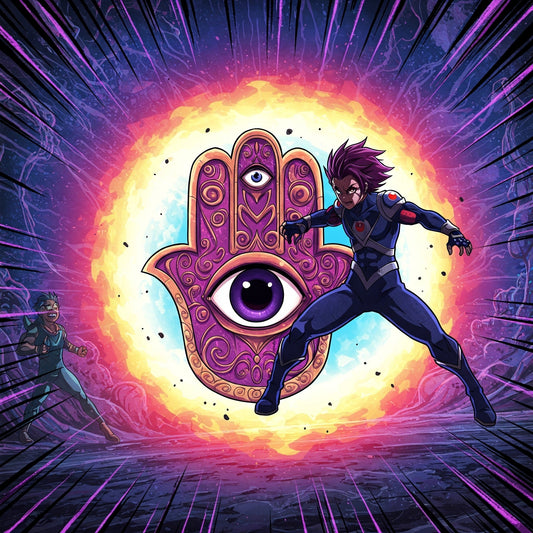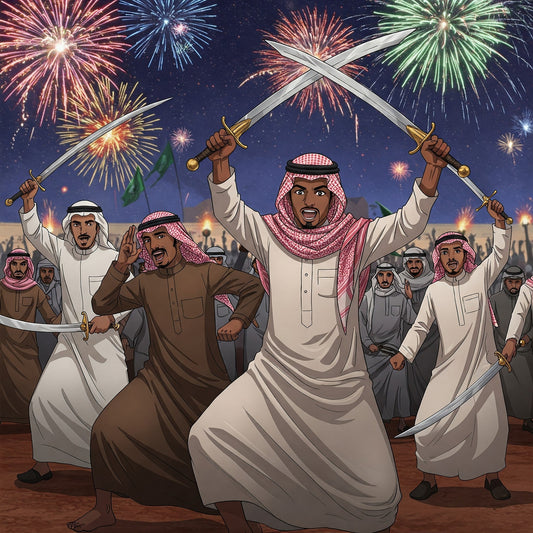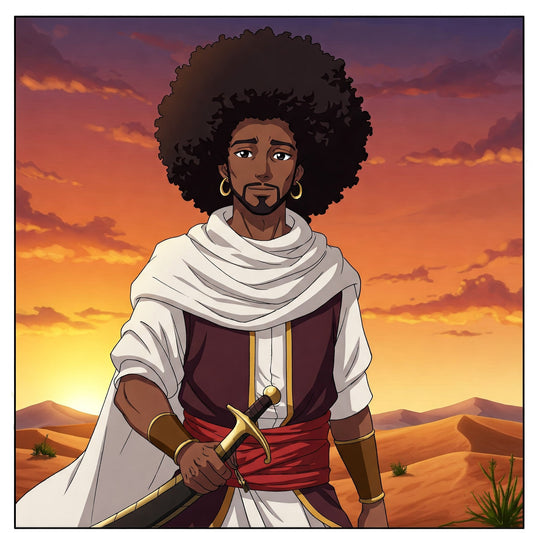Imagine holding a teardrop of wood, its smooth curves whispering tales of ancient empires and moonlit nights. That, my friends, is the oud, a musical enigma that has captivated hearts and minds for millennia. It's not just an instrument; it's a living, breathing testament to the power of music to transcend time and culture.
From Dusty Tombs to Modern Stages: A Journey Through Time
Our story begins in the cradle of civilization, where the oud's ancestors first resonated in the halls of Mesopotamian palaces. Picture ancient musicians, their fingers dancing across strings, weaving melodies that echoed through the ages. This wasn't just music; it was a conversation with the divine, a way to express the deepest emotions of the human soul.
The oud, or "al-ʿūd" (the wood), embarked on a grand adventure, carried by merchants, scholars, and wandering minstrels. It journeyed through the bustling souks of the Arab world, the opulent courts of the Byzantine Empire, and eventually found its way into the heart of Europe, where it whispered secrets to the lute.
Masters of the Strings: Where Legends Were Born
Now, let's talk about the maestros, the wizards who breathed life into the oud's wooden soul. Imagine Farid al-Atrash, his fingers a blur, his melodies painting vivid pictures of love and longing. His music wasn't just heard; it was felt, a visceral experience that moved audiences to tears.
Then there's Munir Bashir, the virtuoso who transformed the oud from an ensemble instrument to a solo star. He explored the oud’s depths, revealing its hidden potential, his music a testament to the oud's versatility. And Naseer Shamma, a modern day hero, who uses his oud to build bridges of peace and understanding, his music a balm for a troubled world. And let’s not forget the genre bending talents of Rabih Abou-Khalil and Dhafer Youssef, who have both taken the oud to new heights.
These aren't just names; they're legends, their music a legacy that continues to inspire generations.
More Than Music: A Cultural Tapestry
The oud isn't confined to concert halls; it's woven into the very fabric of life. It's the soundtrack to Sufi rituals, its soulful melodies lifting spirits and guiding souls on a spiritual journey. It's the heart of folk gatherings, where stories are told and memories are made. It's the voice of poets, its melodies enhancing the beauty of their words.
Imagine a bustling marketplace, the air filled with the scent of spices and the sound of the oud, its melodies weaving through the crowd, connecting people from all walks of life. Or picture a moonlit desert night, the oud's haunting melodies echoing through the stillness, creating a sense of magic and wonder.
The oud is a symbol of cultural identity, a reminder of the rich heritage that connects us to our past. It's a bridge between cultures, its universal language speaking to the hearts of people around the world.
A Timeless Echo:
Today, the oud continues to evolve, its voice finding new expression in contemporary music. Jazz, world music, and fusion artists are embracing its unique sound, pushing its boundaries and creating new musical landscapes.
The oud isn't just an instrument; it's a storyteller, a time traveler, a cultural ambassador. It's the soulful echo of our shared human experience, a reminder that music has the power to transcend boundaries and connect us all. So, the next time you hear the oud's haunting melodies, close your eyes and let its magic transport you to a world of beauty, mystery, and timeless wonder.






